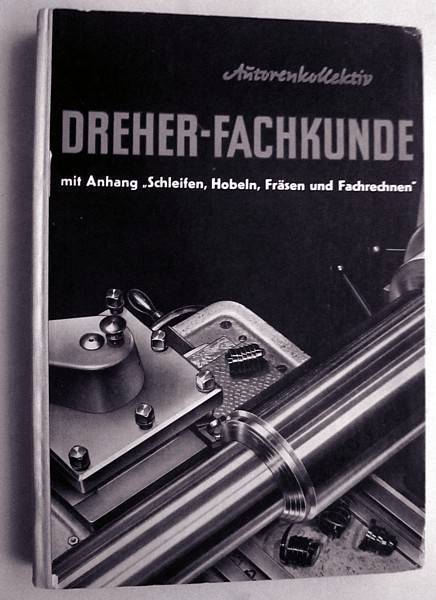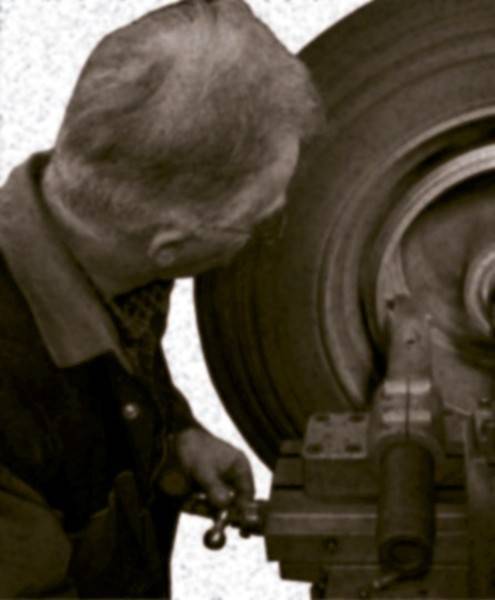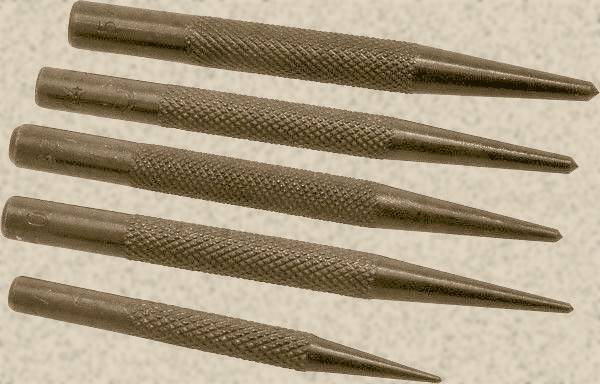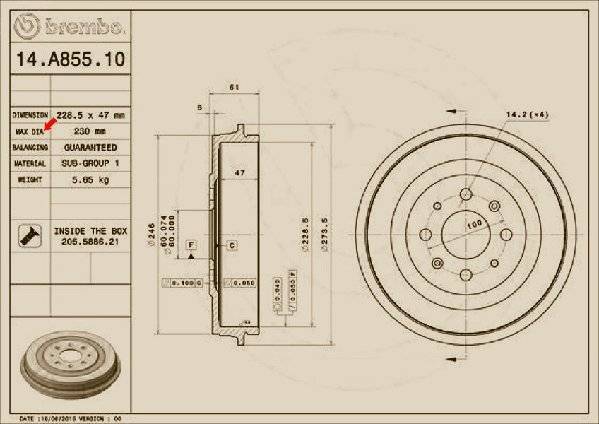|
Re: A Spec for Turning Brake Drums
|
||||
|---|---|---|---|---|
|
Forum Ambassador
|
As James said in your Duchess thread post, the rule or maybe it is law is that shops cannot turn more than .060 from the specified original diameter. I couldn't find any precise starting spec other than Packard says rear drums are 12". That is for the regular cars but if the limo has a larger drum then they didn't' call that one out in the regular service counselor spec page or in prewar SMs. I suspect just like torque specs and other guidelines taken for granted today, Packard didn't worry about publishing those kind of numbers.
Here is a small snippet from a longer post on shop do's and don'ts as printed on a brake repair site.
Posted on: 2018/7/9 9:16
|
|||
|
Howard
|
||||
|
||||
|
Re: A Spec for Turning Brake Drums
|
||||
|---|---|---|---|---|
|
Home away from home
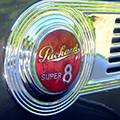
|
Well I never suspected that I would come up with such a basic question that is technically unanswerable.
I'll ask them to clean them up as best they can, which will be much better that the ones I had on the car. Wow, I'm amazed that a Ford Pinto or a 50s Honda has the same spec as a Packard limo. Thanks James and Howard. EDIT: They cleaned up at .020
Posted on: 2018/7/9 9:57
|
|||
|
||||
|
Re: A Spec for Turning Brake Drums
|
||||
|---|---|---|---|---|
|
Forum Ambassador

|
Wow, I'm amazed that a Ford Pinto or a 50s Honda has the same spec as a Packard limo.
That's really kind of an artificial coincidence, our federal government wasn't into legislating automotive safety in the day of your Packard.
Posted on: 2018/7/9 14:39
|
|||
|
||||
|
Re: A Spec for Turning Brake Drums
|
||||
|---|---|---|---|---|
|
Home away from home

|
Put another way, so the same govt spec is for older Peterbilt truck brake drums as for a '50 Ford?
Anyway, I'm still wondering what the non-govt guideline was for turning brake drums back in the day. There must have been something. Packard brake shoes/backing plates have tons more adjustment than .060 and the super senior drums are like 1/4" thick. Plus speaking introspectively, it's relevant today, when buying or selling vintage brake drums. And major vendors like yours, James, probably have brand new drums for popular models, suppose you have something exotic or need ambulance drums? A rusty crusty one arrives. What do you do? Tell the kid at the brake shop that the fed reg is not to turn the drums more than .060" At A Time? It seems someone would know how drums were judged as usable or not in the '30s and '40s. But I guess if they were cheap and plentiful, it didn't matter. The only thing I vaguely remember was the question How many times have this drum been turned? Like 4 times was the limit or ? Isn't there anybody really old on this site?
Posted on: 2018/7/9 15:02
|
|||
|
||||
|
Re: A Spec for Turning Brake Drums
|
||||
|---|---|---|---|---|
|
Home away from home
|
The issue is diminished capacity for absorbing heat as the mass of metal is turned away. Thin drums heat up faster and will therefore fade more quickly.
The number of times they are turned is irrelevant. Thickness and diameter are relevant. When we turn drums I always strive to remove the minimum amount of metal to achieve a decent surface even if that means some pits and grooves are still present. Many times a .005 cut will make a nice job. .060 over means a .030 cut which is a bodacious amount of metal to remove from a drum. Only in the case of long neglect (that is using the rivets friction material) is such a cut necessary.
Posted on: 2018/7/9 15:33
|
|||
|
||||
|
Re: A Spec for Turning Brake Drums
|
||||
|---|---|---|---|---|
|
Home away from home

|
Thankfully these drums that I pulled Saturday morning from a 1942 2007 cleaned up this morning at .020". So, whew.
But if thickness and diameter are relevant, then 1 spec for any size brake drum is still not logical to me. But I am passed this now. . I had a childhood record about how a bee can't fly (science says and figures don't lie, the bee, the bee, the bee can't fly) because his wings are too small and body too big. So logic has nothing to do with some things. But thank heavens, there is a govt regulation. What would we do without them?
Posted on: 2018/7/9 16:33
|
|||
|
||||
|
Re: A Spec for Turning Brake Drums
|
||||
|---|---|---|---|---|
|
Home away from home
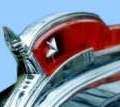
|
Joe, here comes an information that isn't really helpful to you but it might be of certain interest nevertheless. If someone in Germany wanted to know the wear limit of his brake drums then he had two sources:
a) the workshop manual and/or b) a general table book for lathe operators As rule of thumb circulated 1 mm (0.039") for cars and 2 mm (0.079") for trucks. By help of a center punch the drums were marked to calculate further jobs and resulting brake lining thickness.
Posted on: 2018/7/9 16:33
|
|||
|
The story of ZIS-110, ZIS-115, ZIL-111 & Chaika GAZ-13 on www.guscha.de
|
||||
|
||||
|
Re: A Spec for Turning Brake Drums
|
||||
|---|---|---|---|---|
|
Home away from home

|
Yes, that makes so much sense. Aren't some heads marked like that, so you know how much is left to mill off without having problems? That's what drums need, so it varies like cars and trucks vary, with the thickness of the drum. Thanks for restoring my faith in people with left brains.
Posted on: 2018/7/9 16:38
|
|||
|
||||
|
Re: A Spec for Turning Brake Drums
|
||||
|---|---|---|---|---|
|
Forum Ambassador

|
All the modern drums I've handled are marked with maximum allowable diameter or some similar expression of limits. Back when I did a bit of brake work I'd want to turn drums that were warped out of round but if they were still true and concentric but with just a few light grooves, we'd leave them as is, slightly shorter lining life was the preferred choice over the alternative of machining the drums.
Posted on: 2018/7/9 17:17
|
|||
|
||||

 (102.99 KB)
(102.99 KB)
